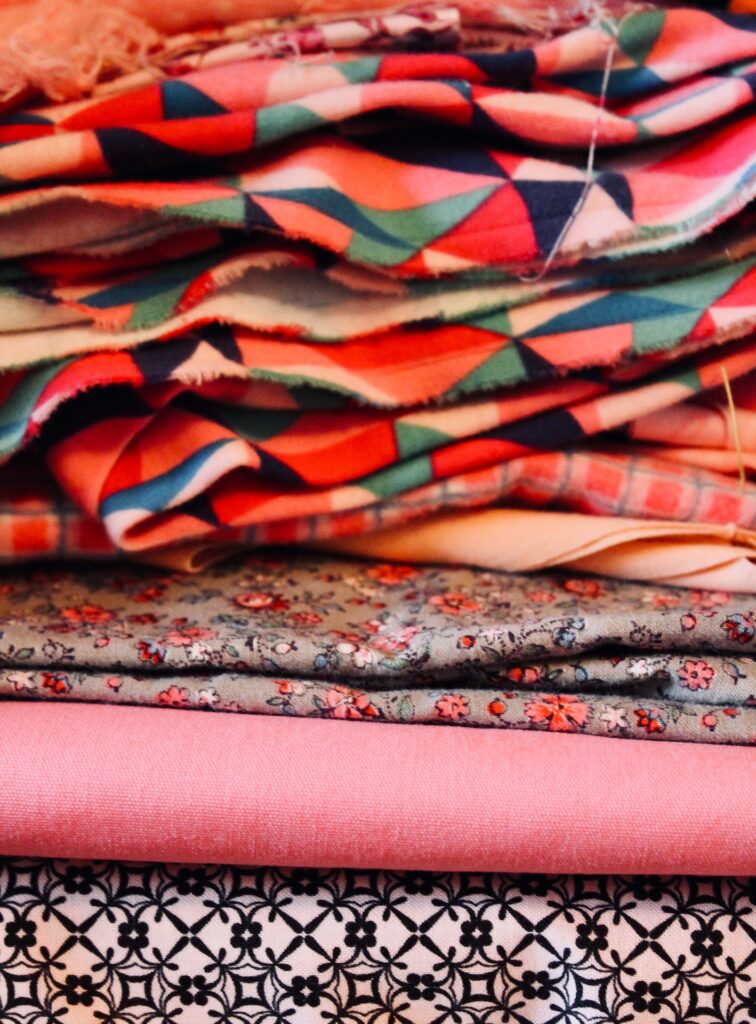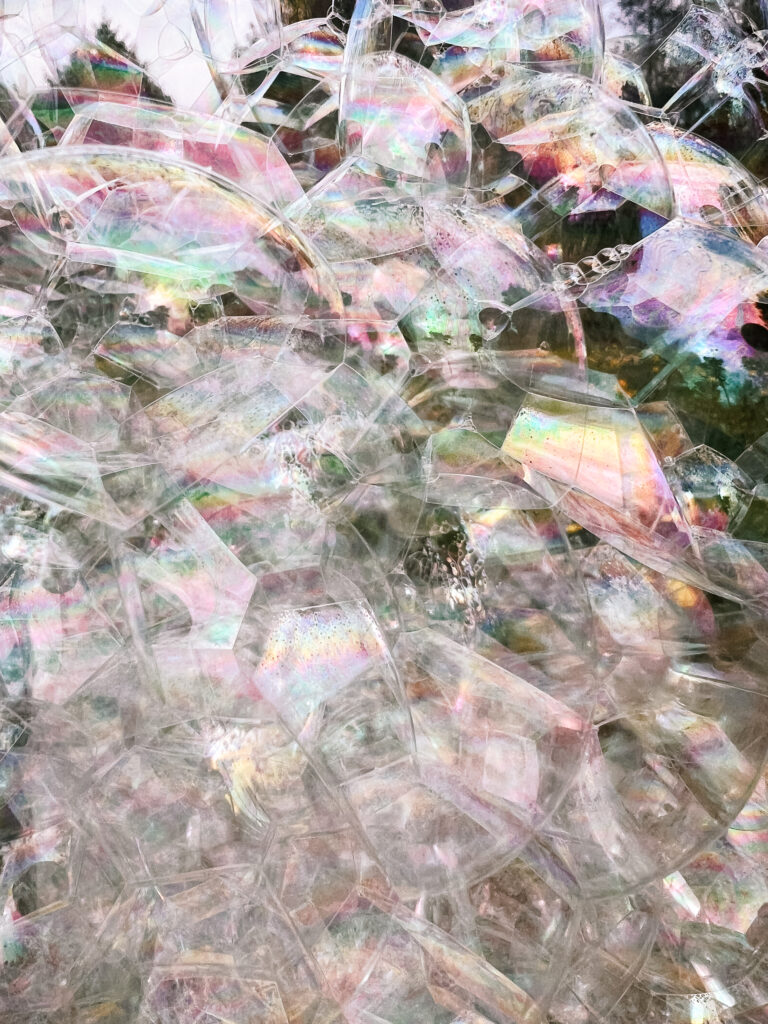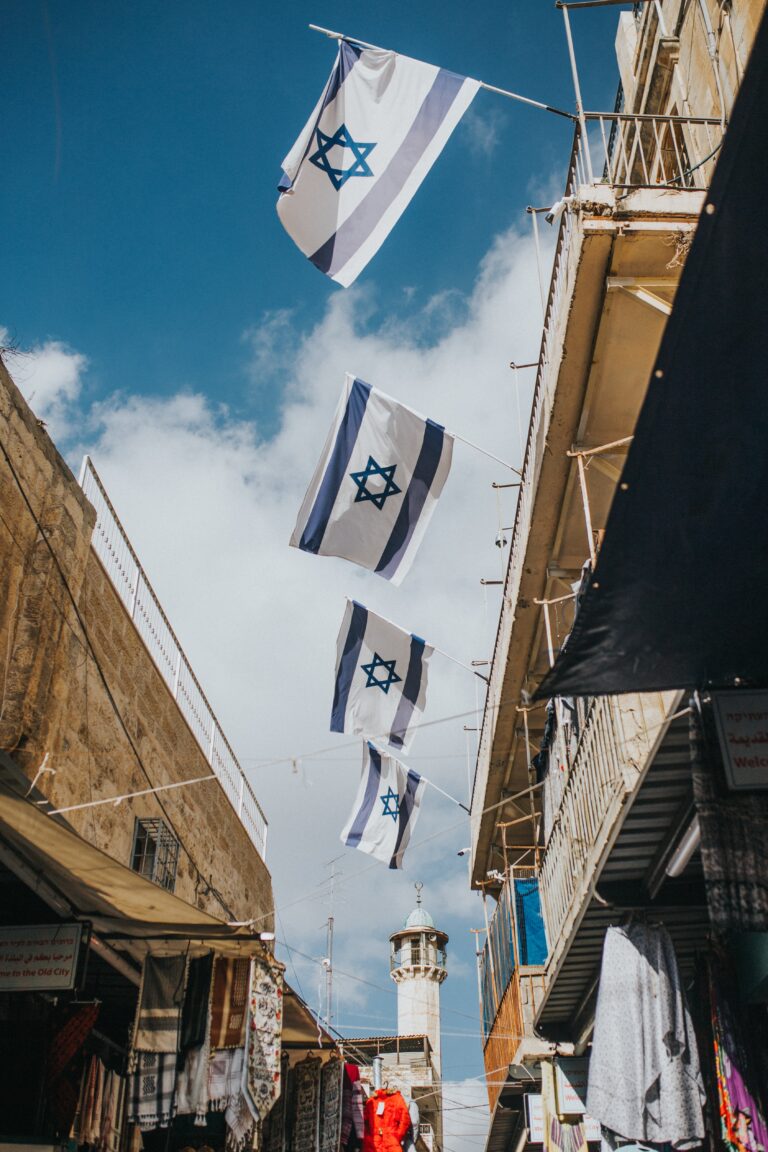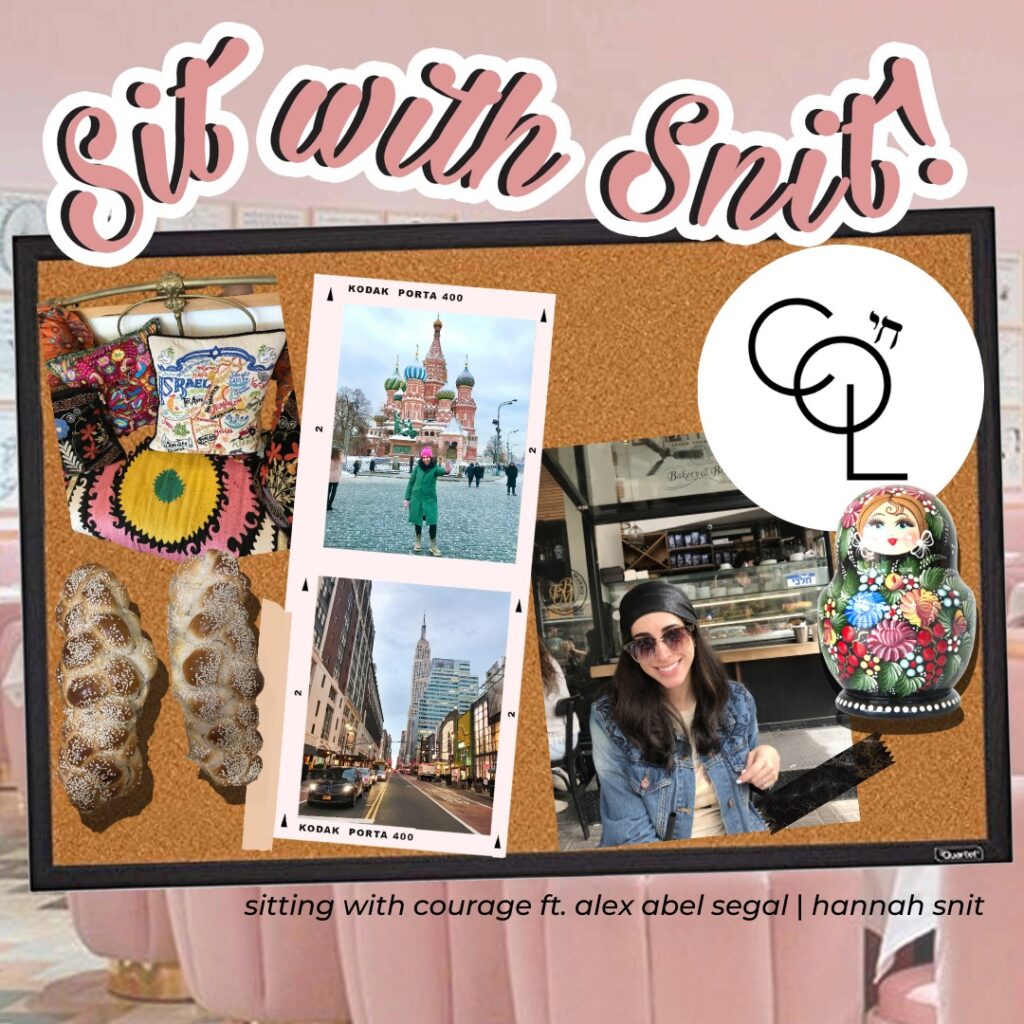As I was making challah the other day, I couldn’t help but think about how no matter how closely you follow someone’s recipe, use the same ingredients and bake it for exactly as long, it will come out with a slightly different flavor.
I’ve tasted challah at meals that I dream of recreating, yet once I get the recipe and make it on my own, it always comes out different. For a while, this frustrated me. Why can’t I make it taste like that? Did I do something wrong? Why won’t it come out like hers? Then I realized I needed to stop pouting that it wasn’t exactly like someone else’s and focus on the deliciousness of my own. I realized that the uniqueness of my challah was a testament to something even greater as a Jewish woman.
There’s a Talmudic concept that each person is a whole world. I’ve never internalized that more than when I went to the mikvah in my ninth month of pregnancy. I was connected to the mikvah lady there, who was struggling to get pregnant, and I went as part of the custom to dip in your ninth month, then blessing a woman struggling with fertility. We went before the mikvah opened on her mikvah night and since she was the attendant, I watched over her immersion.
I was nervous at first — I had never done that before. But I gave myself a quick pep talk and got focused. In the middle of the ritual, she stopped to daven. I was instantly awed by the feeling this moment provided. In that minute, I didn’t see her as she was on the outside, but as a whole world — complete with desires, insecurities, fears, hopes and deep wishes. It is a visual that is so embedded in my head and heart: what it means to be a whole person—so vast, so complex and unique. We are all our own world inside, and not only can that help to judge more favorably, but it can show the importance and impact every single one of us can make on this earth.

I was recently speaking with a mentor of mine and the topic of a woman’s purpose came up. She described each woman as a thread with a color and feel of her own. Yes, each thread is important, but what’s even more beautiful is when you use each thread to make a quilt with dozens of colors, shapes and patterns. Seeing each thread do their part to work toward something greater is where the real beauty lies.
That is a message I hope every woman will internalize (I’m still working on it myself). Each one of us is strong, special and unique and if we’re called to do something, we must do it. That is an essential part of the Purim story. Esther was just one person yet she sparked salvation. She, along with the Jewish people, saved the nation from extermination. She is a heroine, yet the entire Jewish people are heroes as well.
Rabbi Immanuel Bernstein says in his book Purim: Removing the Mask that the Jews were fragmented when Haman gave his decree. Esther calls the Jews in Shushan to gather and unite, to fast for her and to do so in the name of their survival. Ultimately, that unity is what becomes their salvation. When the Jewish people are apart, they are left vulnerable to attack. The togetherness is what brings strength and protection.
“Togetherness is what brings strength and protection.”
When we came together at Sinai to receive the Torah, Rashi says we encamped “as one man with one heart.” Rabbi Bernstein writes, “The Midrash informs us that had we not approached Sinai ‘as one,’ Hashem would not have given us the Torah there.”
We’re just coming out of Shevat, a month that’s dedicated to the surging of potential. It’s the new year of the trees, when even in the depths of winter, there is hope. Now we’re in Adar, a time of simcha (joy). By taking our unique attributes, skills and talents, our individual goals and dreams, we can contribute to the Jewish people and make our nation even stronger as a whole. Being together as one brings us the closest we can get to Hashem, and that, of course, is the ultimate joy.










[…] Adar! The most joyous month of the Hebrew calendar is upon us. With Adar comes one of the most jubilant […]